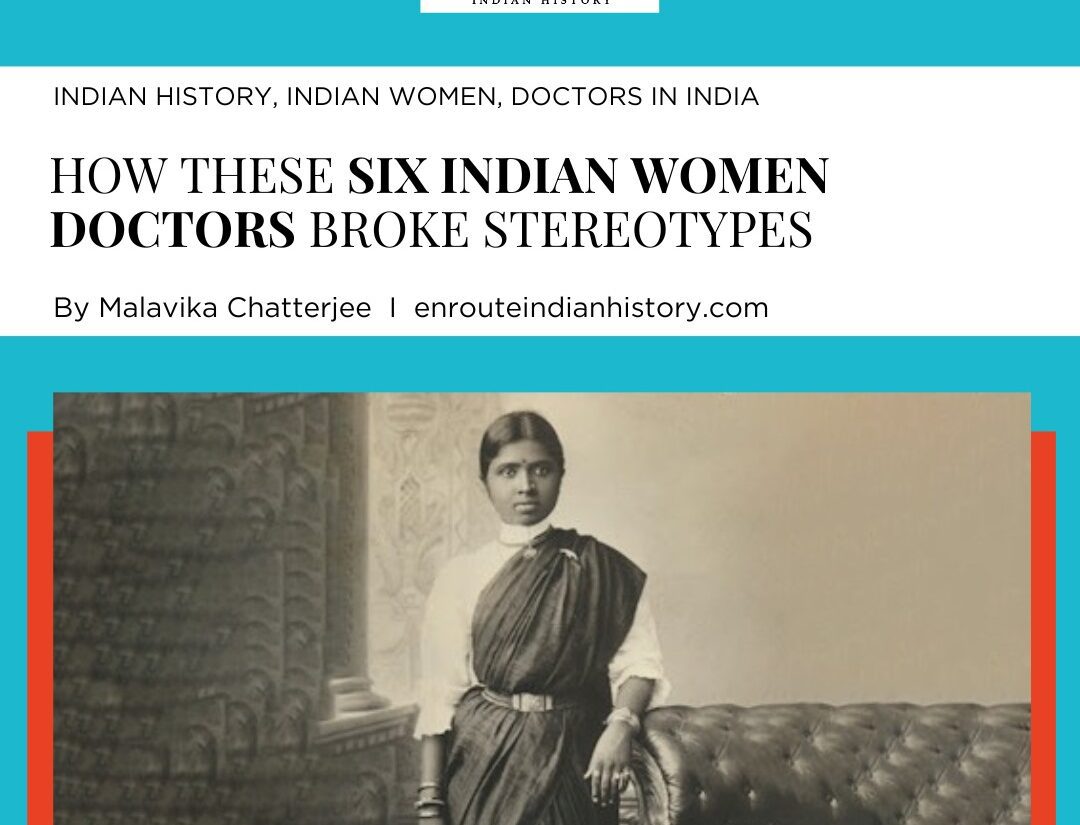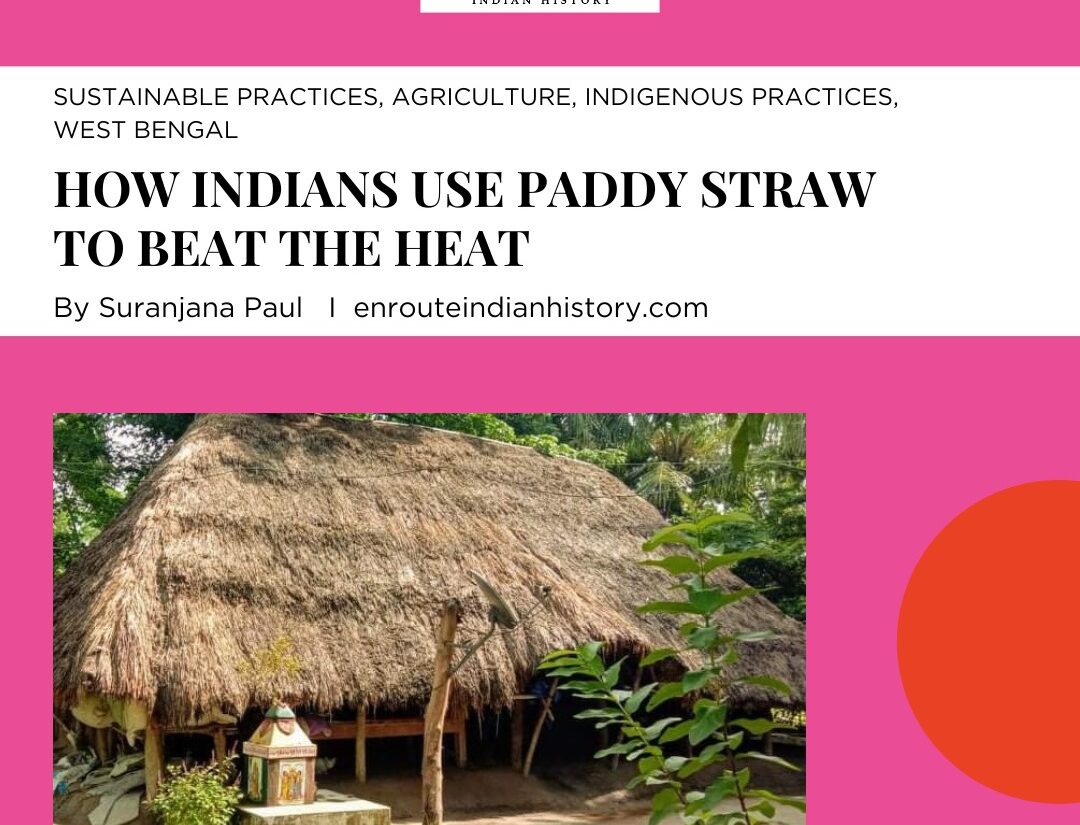
It was a moment of pride for everyone watching when the Armed Forces Medical Services contingent marched on the Kartavya Path on 26th January 2024. Led by Maj Srishti Khullar (AMC), Capt Amba Samant (ADC), Surg Lt Kanchana (INS), Flt Lt Dhivya Priya (IAF) and 144 officers of the MNS, this contingent reflects a legacy of struggle, perseverance and selflessness by women pioneers in the field of medicine.

Women and their association with Medicine
The role of women has been synonymous with those of nurturers and caregivers. They were regarded highly as healers of the community in the old world. Yet, it was only towards the late 19th century when they were accepted as doctors. More often than not, they were considered as subordinates or assistants to the male doctors. The picture was even more bleak in India. Even though Indian women were respected, their rights, as well as their independence, were curtailed. Their role and purpose were related to their gender: Daughter, wife, mother, or widow. Gradually, when education was introduced for women (mostly the elite), it was merely a means to an end. The sole purpose of it was to learn how to be the perfect partner for their husband. It was almost unheard of for women to get a higher education as they were already married and duty-bound to their husbands and home.

Historically, the Samhitas do not mention women practitioners. Seemingly, women-centric attributes and characteristics were viewed negatively or sidelined. However, with colonial rule came the missionaries and English women doctors who, sadly, were not getting their due in Britain. So, the colonies provided them a platform to practice while also setting up training schools for women doctors and nurses vis-a-vis evangelical pursuits. During this time in Indian history, not only was the infant mortality rate high but the midwives, although experienced, were illiterate and lacked the necessary skills. Moreover, Indian women were hesitant to step into hospitals due to a lack of female staff.
Thus came the Zenana mission of the mid-nineteenth century. Conceptually adapted from the Indo-Islamic culture, the missionaries would provide medical aid to women in a safe space allocated just for them while carrying out their religious missionary objectives. One of the better outcomes of this policy was the spread of education for girls and the training of women in medicine through schools and hospitals for women. Although the Zenana Mission helped ease the scepticism of the Indians towards colonial medicine, women were still considered unfit or incapable of the task of healing, let alone being doctors.

The First Women Doctors
Sophia Jex-Blake, Isabel Thorne, Edith Pechey, Matilda Chaplin, Helen Evans, Mary Anderson and Emily Bovell, collectively known as the famous Edinburgh Seven, were the first women to have studied medicine in the History of Britain. Lady Doctors: The Untold Stories of India’s First Women in Medicine by Kavitha Rao elucidates a similar story from Colonial India. She writes about the first six Indian women who studied medicine in Indian history. They were Anandibai Joshi, Kadambini Ganguly, Rukhmabai Raut, Haimabati Sen, Muthulakshmi Reddy and Mary Poonen Lukose. Like the Edinburgh Seven, the ‘Indian Six’ had to persevere all forms of prejudice and social injustice, including caste. The book pieces together their journey with the help of their memoirs and letters, giving us a glimpse of the 19th and 20th century socio-economic and religious oppression faced by these pioneers.

In 1886, Anandibai Joshi became the first Indian woman doctor. Through her letters, one realises her determination to pursue medicine and to treat those in need. Sadly, she succumbed to illness and died at the age of 22, before she could ever practice medicine. Kadambini Ganguly would then become the first practising Indian woman doctor who fought against all odds to study at Bengal Medical College. Despite excelling in the exams, she received a Graduate degree and not the rightly earned Bachelor’s degree. Unwavered by institutional bigotry and the sexist abuse for practising medicine by the Bangabasi newspaper, Kadambini Ganguly got a Triple Qualification from the University of Edinburgh.

Before Rukhmabai Raut could begin her education in medicine, she had to fight for her rights and against child marriage in court. It resulted in a vicious attack on her reputation, blaming her for putting Hinduism in danger by Balgangadhar Tilak and other conservatives. Rukhmabai Raut went on to get an education at Sophia Jex-Blake’s London School of Medicine for Women and then served as a chief medical officer in a women’s hospital in Surat. Mary Poonen Lukose was India’s first female surgeon general in 1938. She would also become the first woman legislator in Indian History from the erstwhile state of Travancore. Similarly, Muthulakshmi Reddy received her degree in medicine from the Madras Medical College, becoming the first Indian woman house Surgeon. She was the first woman legislator from the Madras Presidency who relentlessly worked for the upliftment of devadasis and the abolition of the devadasi system in Tamil Nadu.

All their struggles had common underlying factors of ambition, seeking an education to help the destitute while staking their reputation for their academic pursuits and steadfastness. It is commendable that they were supported by the men in their lives, their fathers or husbands, to succeed in their endeavours. The exception, however, would be Haimabati Sen. A child widow and poverty-stricken, one seldom comes across such a resilient personality. The lengths that men took to suppress her ranged from childish and vile to borderline psychotic. Hazra (2023) writes about how she had to give up her gold medal, which she won based on merit, to end the strikes taken up by her male classmates. Dr. Mario Vaz mentions how women doctors were confined to certain areas of medicine and that the Colonial views of the Zenana had to be maintained. According to the colonial view, “Women doctors should be concerned with the matters between the navel and the knee”. But Haimabati Sen vehemently objected to this and justifiably wanted to treat women and not parts of women.

Women in the Medical Corps
Ode to Lady Medicals by Chippin’ Away (podcast) talks about the struggles of women who dared to dream. There, Dr. Mario Vaz talks about a time when women, like James Miranda Stewart Barry, had to be under the guise of a man to complete their education in medicine. Pioneers and stalwarts like her paved the way for women to become doctors and enlist to serve the nation.

During the World Wars, the Indian Medical Service (IMS), comprised of officers and men, served the British with medical aid. Dr Mario Vaz talks about the IMS and their opinion that “the need for women doctors was an assumption”. Moreover, women were considered unsafe for the role of doctor and were better suited to be nurses. Then, for the first time in Indian history, in 1914, the Women’s Medical Service was established, where women, both British and Indian, could apply for work. Seemingly, wars helped accept women for roles beyond the scope of domestic chores and menial work.
It was only after the First World War that nursing services found a permanent place within the British Army in 1926. That is why the Military Nursing Services (MNS) has a longer antiquity in the history of the Indian Military. Though officially established in the latter half of the 19th century under British Rule, the MNS, as we know it today, was formed post-independence in 1950. This unit had many names under British rule, from the erstwhile Army Nursing Service to the Indian Army Military Service to later still as Queen Alexandra’s Imperial Military Nursing Service (QAIMNS). The nurses received rifle training and were put through rigorous physical activities to be battle-field ready. Over time, the MNS has evolved and changed its methodologies, encouraging more women to join and pursue their academic careers comfortably.
Although gender parity is a heavily debated subject in the Armed Forces, it is still the premier institution for women. The Armed Forces Medical Services (AFMS) was officially established in 1948, which is an integrated branch of the Armed Forces comprising all three branches of Army, Navy and Air Force. Headed by the Director General of the Armed Forces Medical Services, it consists of three Units: the Amry Medical Corps (AMC), the Army Dental Corps (ADC) and the Military Nursing Service (MNS). According to the Defence Ministry, over ten thousand women officers are active in the three services, including almost seven thousand in the Armed Forces Medical Services (FPJ, 2023).
Women Pioneers
There is no glass ceiling for women doctors in the Armed Forces, and women officers are constantly breaking gender stereotypes. Recently, Lt Gen Kavita Sahai made history by becoming the first woman Commandant of the Army Medical Corps Centre and College, Lucknow. Last year alone, Maj Payal Chhabra became the first woman surgeon Para-Commando. Capt. Deeksha C. Mudadevannanavar became the first woman inducted into the Indian Army’s Parachute Regiment’s top special forces outfit. Capt Geetika Koul and Capt Fatima Wasim became the first women medical officers deployed to the Siachen Glacier, the highest battlefield in the world. Also in 2023, Col Sunita BS of the AMC became the first woman Commanding Officer at the Armed Forces Transfusion Centre, Delhi Cantt.
These women are following the footsteps of those who came before them and rose to the highest ranks of the military service. The most prominent being Vice Admiral (Lt Gen) Punita Arora. She was the first woman officer to have risen to the rank of Lieutenant General or Vice Admiral, to be the Director General of Medical Services (DGMS Navy) and to have commanded the Armed Forces Medical College (AFMC) Pune. Air Marshal Padma Bandopadhyay, was the first woman to assume the rank of Air Marshal in the Indian Air Force and the first Indian woman to have conducted scientific research at the North Pole.
A Career in the Forces
One has to clear the NEET joint entrance exam to pursue a medical career in the forces. Following that, they can receive their MBBS degree from the Armed Forces Medical College, Pune, under the Maharashtra University of Health Sciences and the Army College of Medical Sciences, Indraprastha University, New Delhi. Similarly, for a B.Sc. degree in Nursing, the Armed Forces have numerous colleges providing training and education to nurses. One can even join the forces after having graduated from other universities.

The Armed Forces Medical Services provides ample opportunities for all to pursue their academic and military career. As the profession of being a doctor precedes gender, women doctors in the services get equal representation, equal pay and a work-life balance. The organisation is progressive by placing women at the forefront of all its endeavours. It facilitates the welfare of all its soldiers, providing security, amenities, and a sense of belonging.
A Legacy Bequeathed
From being revered as a healer to being burned at the stake, from ancillary workers to doctors, the evolution of the role of women in medicine and Indian history is a commentary on a society pitted against the idea of women doctors and the endemic patriarchy, systemic to the Indian culture. Women doctors in India fought for social causes beyond the practice of medicine, where they fought against patriarchy, persecution, and social injustice. Their journey prominently highlights men’s fragile egos and misplaced insecurities, as their aim was never to overpower or compete but only to help the destitute.
This article is for all the women who fought for their rights, against social injustice, caste and institutional bigotry, to pursue a career to help others. Enroute Indian History salutes the Edinburgh Seven, the ‘Indian Six’ and countless others who chose to take the road less travelled. To those who lost their lives serving in the Indian military, never doubting their purpose of healing those in need, we are indebted to have been bequeathed such a legacy.
References
Anagol-McGinn, P. 1992. The Age of Consent Act (1891) Reconsidered: Women’s Perspectives and Participation in the Child-Marriage Controversy in India. South Asia Research 12(2).
Bhadra, M. 2011. Indian Women in Medicine: An Enquiry Since 1880 Indian Anthropologist 41(1) pp. 17-43.
Devika, V.R. 2022. Dr Muthulakshmi Reddy, a positively rebellious force. Deccan Herald. https://www.deccanherald.com/features/dr-muthulakshmi-reddy-a-positively-rebellious-force-1132955.html
Hazra, K. 2023. Child bride to doctor—Bengal’s Haimabati Sen traded her gold medals for a monthly stipend. The Print https://theprint.in/theprint-profile/child-bride-to-doctor-bengals-haimabati-sen-traded-her-gold-medals-for-a-monthly-stipend/1740191/
Loukas, M., Lanteri, A., Ferrauiola, J., Tubbs, R. S., Maharaja, G., Shoja, M. M., Yadav, A., & Rao, V. C. (2010). Anatomy in ancient India: A focus on the Susruta Samhita. Journal of Anatomy, 217(6), 646-650. https://doi.org/10.1111/j.1469-7580.2010.01294.x
Saini, A. (2016). Physicians of ancient India. Journal of Family Medicine and Primary Care, 5(2), 254-258. https://doi.org/10.4103/2249-4863.192322
Saraiya, U. B. (2020). The Origin of Healthcare for Women in India: A Story of the World of Yesterday. Journal of Obstetrics and Gynaecology of India, 70(5), 323-329. https://doi.org/10.1007/s13224-020-01371-z
Sharma, N. 2015. A medico-social analysis of the two medical texts- the Caraka Samhita and the Susruta Samhita. PhD Thesis. University of Calcutta. https://shodhganga.inflibnet.ac.in:8443/jspui/handle/10603/163803
https://www.instagram.com/chippinawayind/
https://pib.gov.in/PressReleaseIframePage.aspx?PRID=1945707
https://www.thehindubusinessline.com/blink/read/indias-first-lady-doctors/article36446114.ece
https://history.rcplondon.ac.uk/blog/dr-kadambini-ganguli-pioneer-medical-studies-india
https://chippinaway.buzzsprout.com/974125/13954188-s04e10-ode-to-the-lady-medicals
https://www.wisdomlib.org/hinduism/essay/charaka-samhita-and-sushruta-samhita/d/doc1147011.html
https://www.thetatva.in/defence/army-doctor-deployed-at-siachen/28768/
https://www.anusandhan.net/women/suc_padma.htm
Image Sources:
- Source: https://twitter.com/Resonant_News AFMS Contingent for 26th January Republic Day Parade
- Source: https://www.amazon.in/ Lady Doctors: The Untold Stories of India’s First Women in Medicine by Kavitha Rao
- Source: https://www.idiva.com/ Anandibai joshi
- Source: https://www.indiatoday.in/ Kadambini Ganguly
- Source: https://indianliberals.in/ Rukhmabai Raut
- Source: https://indianliberals.in/ Muthulakshmi Reddy
- Source: https://twitter.com/kavitharao Haimabati Sen
- Source: https://twitter.com/SpokespersonMoD Vice Admiral Punita Rao
- Source: https://www.ssbcrack.com/ Air Marshal Padmavathy Bandopadhyay
- May 15, 2024
- 6 Min Read
























